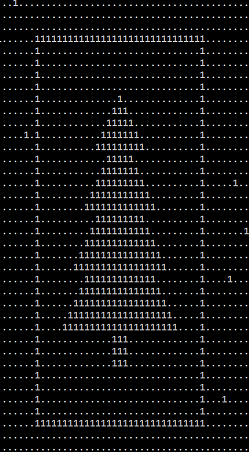Have you ever bitten your tongue? Like super hard? Like, enough that it's numb and swolen for hours? That's my day today, and it sucks.
Anyway - moving robots, that's easy with the right definition.
private class Robot
{
public int x, y, vx, vy;
public Robot(string line) { /* parsing logic... */ }
public void Move()
{
x = (x + vx) % WIDTH;
y = (y + vy) % HEIGHT;
if (x < 0) x += WIDTH;
if (y < 0) y += HEIGHT;
}
}
From there, just call Move() 100 times on each robot. Figuring out the "safety score" is a bit more involved than the actual movement, but not bad
private long GetSafetyScore(List<Robot> robots)
{
int midWidth = WIDTH / 2;
int midHeight = HEIGHT / 2;
int upperLeft = 0, upperRight = 0, lowerLeft = 0, lowerRight = 0;
foreach (var r in robots)
{
if (r.x < midWidth && r.y < midHeight) upperLeft++;
else if (r.x < midWidth && r.y > midHeight) lowerLeft++;
else if (r.x > midWidth && r.y < midHeight) upperRight++;
else if (r.x > midWidth && r.y > midHeight) lowerRight++;
}
return upperLeft * upperRight * lowerLeft * lowerRight;
}
Ahahaha, okay this is going to be odd... I have to manually watch what's going on? So much for profiling this...
Okay, here's my thought: I don't know how long it will take, and it will likely take longer than is reasonable to manually check (source: I checked the first 100 seconds and it sucked). What if I just look for shapes? A long run of robots in a row should be a good indicator. First attempt is just look at a line of 10 robots in a row, and see what I get...
int maxRun = 0;
for (int i = 0; i < HEIGHT; i++)
{
var curRun = 0;
for (int j = 0; j < WIDTH; j++)
{
if (floor[i][j] == '.')
{
maxRun = Math.Max(curRun, maxRun);
curRun = 0;
}
else
{
curRun++;
}
}
maxRun = Math.Max(curRun, maxRun);
}
return maxRun > 10;

There it is! First try!